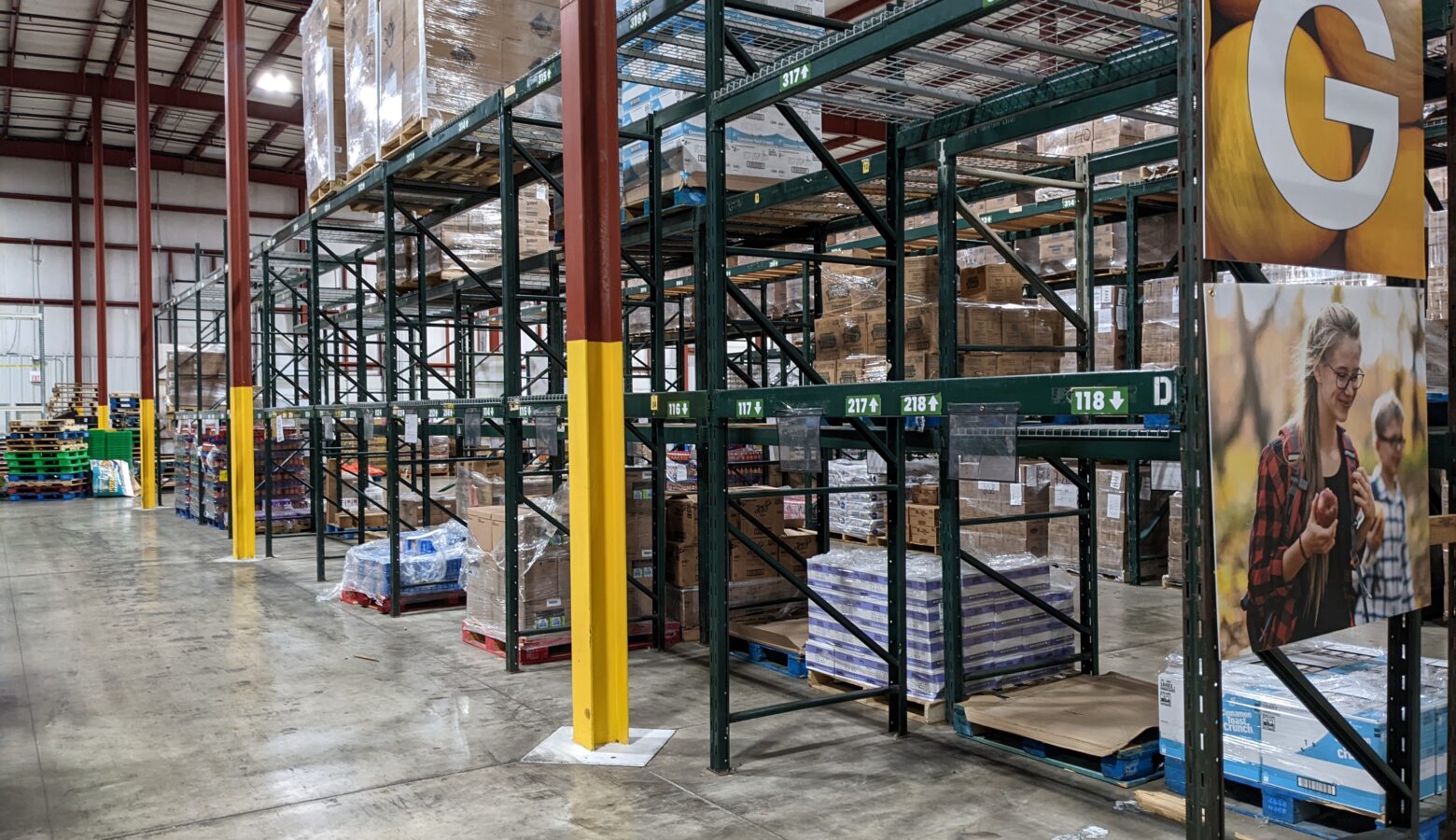Food banks see same food shortages, inflation, and gas prices that clients see

Shelves in the coolers and warehouse of Second Harvest Food Bank in Muncie sit half-empty. As IPR’s Stephanie Wiechmann reports, the same pressures bringing people to their doors are making it more difficult for food banks to operate.
Second Harvest Food Bank relies on three types of food sources. Some comes from the federal government and some from donations. But the food bank also buys food to distribute. CEO Bekah Clawson says the same grocery store inflation we see is affecting its bulk buys, too.
“Our particular ‘purchased’ line item in our budget is about 100 percent over what we thought we were going to spend this year. And our fiscal year is calendar year, so we’re about half-way through it, and we’re going to have to recast our budget completely differently for the rest of the year.”
Clawson says the agency now has to purchase more specific foods, especially proteins, to meet its promises in programs for students and senior citizens. Through some money from Feeding America, Second Harvest has hired a food sourcer for the first time, tasked to search far and wide for opportunities to buy. But not too far. Because food bank trucks need gas, too, and pay the same pump prices we do.
“If we have to truck it across the country, we’ve paid more in fuel than we paid for the product.”
Read More: Second Harvest Food Bank Says It Needs More Volunteers
From January to May this year, Second Harvest has distributed more than 3 million meals to its eight counties. Clawson says that’s less than in the first years of the pandemic, but more than a typical year.

